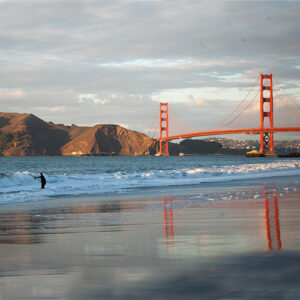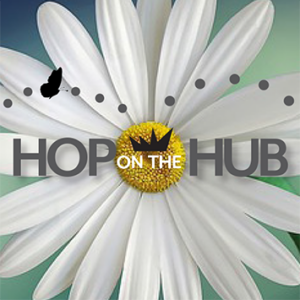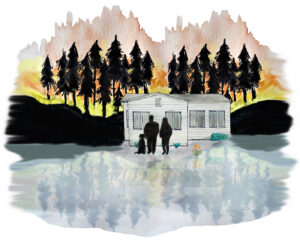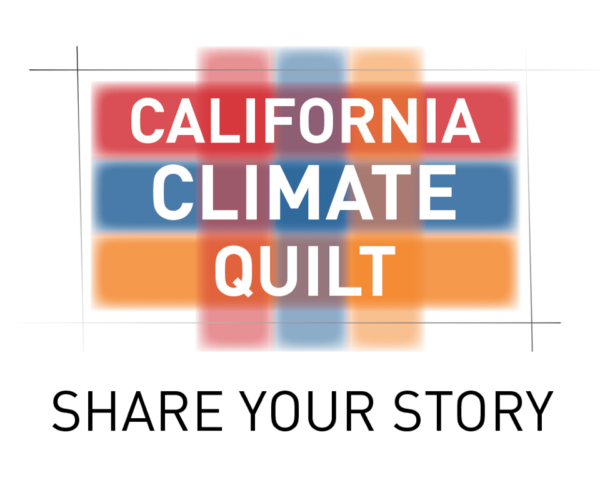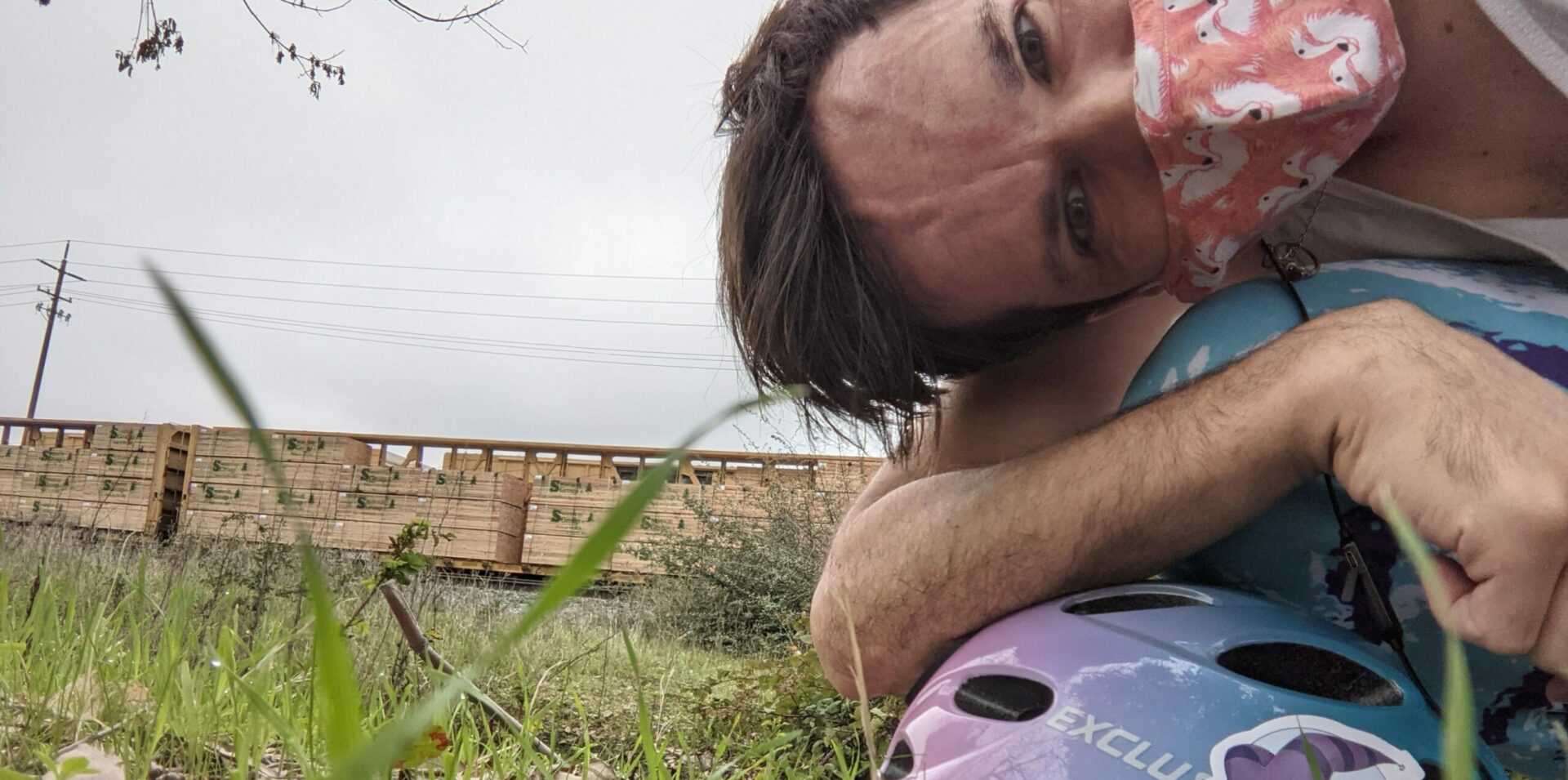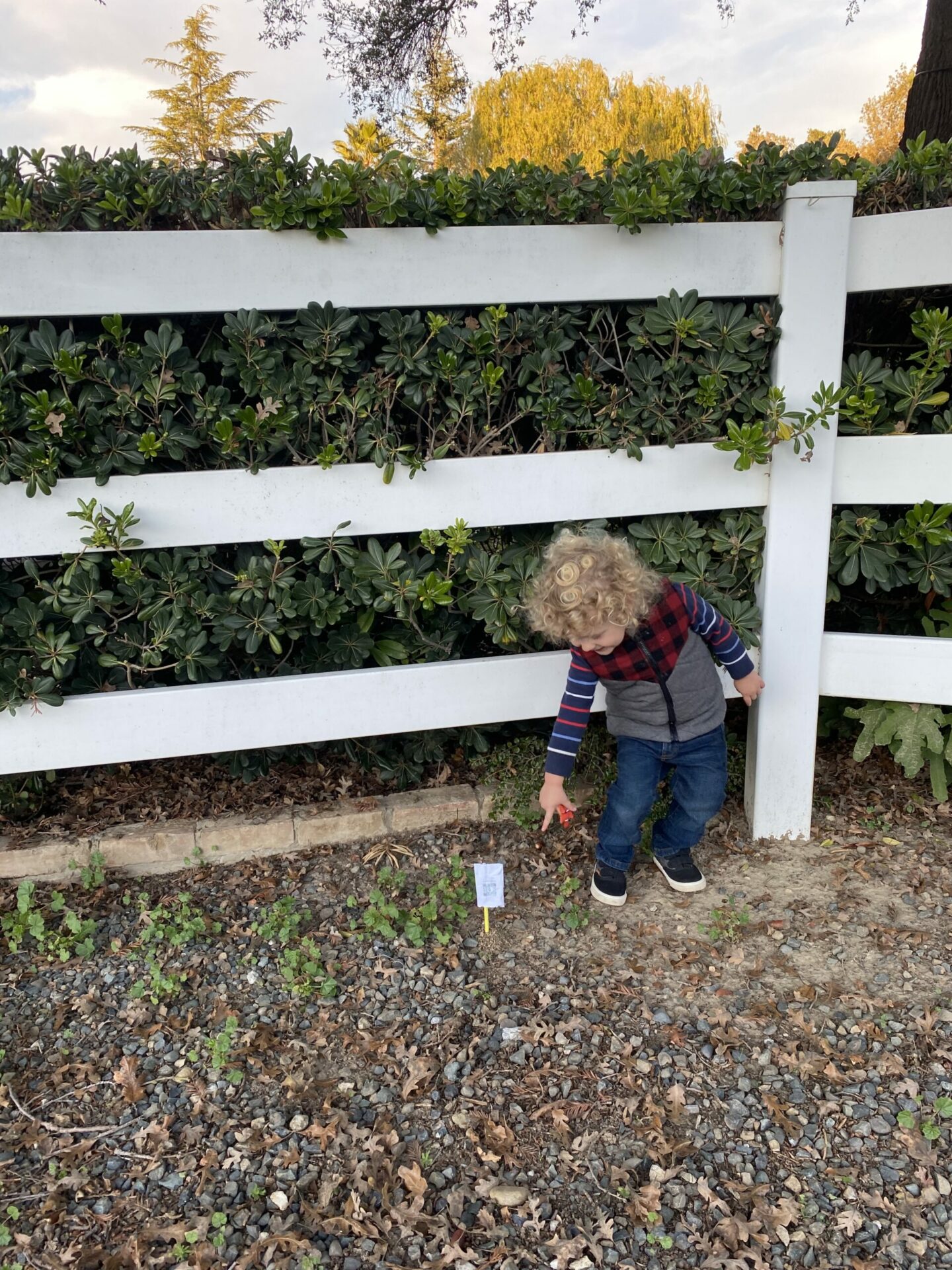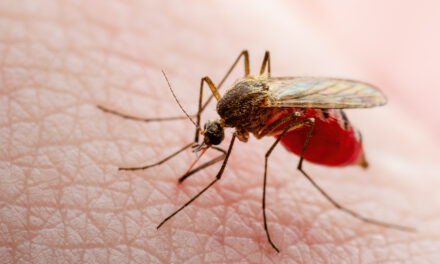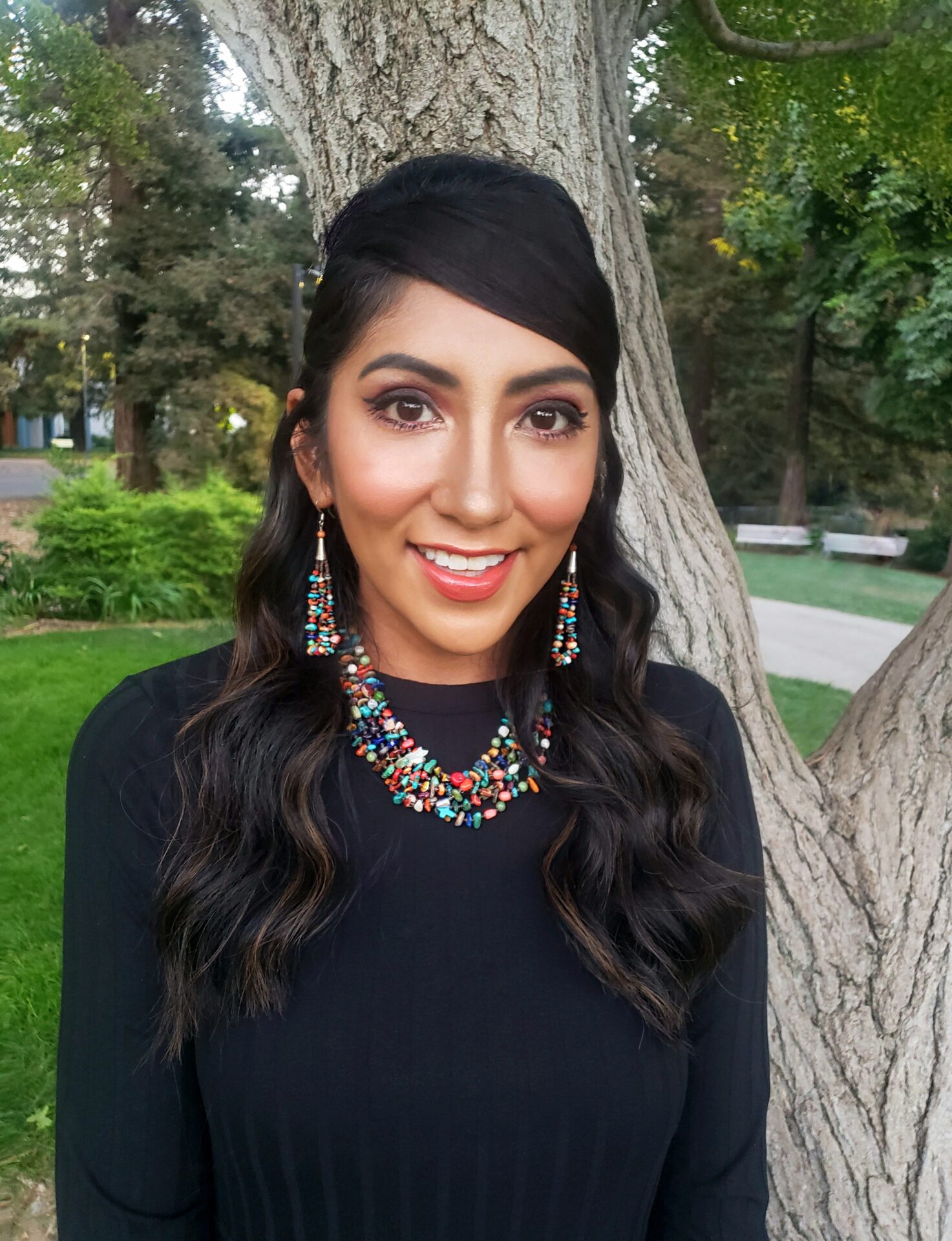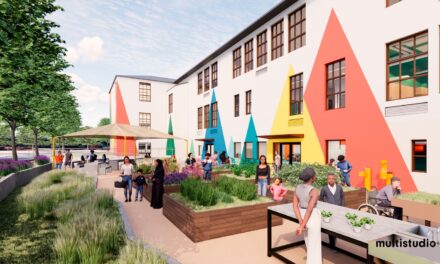Seeding Citizen Scientists
In the fall of 2021, ecologist and landscaper Billy Krimmel decided to sow 65 pounds of native seeds all around Davis, and to do everything wrong.
Everything wrong, at least, by the standards of the professional landscapers Krimmel’s native landscaping company competes with. The seed disbursers were anybody and everybody in the West Sacramento area who stumbled across the project at various breweries or pop-up events and felt inspired to take home a seed packet in the name of citizen science. Instead of nurturing soil and dutiful waterings, the thousands of would-be gardeners who joined the Seed Pile Project (run via Krimmel’s nonprofit, Miridae Living Labs) were instructed to dump the seeds anywhere and ignore them.
And they meant anywhere: sidewalks, blacktops, gravelly back alleys, sandy ditches, even flung off rooftops. “I’m talking about roads, places covered with herbicides, pollution, trash,” Krimmel said. “The core of this research question is how do we look at an environment that is conventionally viewed as bad for native species and align those characteristics with life history traits of a native species that we want to thrive?”
Miridae Living Labs picked ten native species specific to the Davis area ecotype that they hoped people without any knowledge of botany could recognize. Everyone who carried home a seed packet was asked to post a photo of exactly where they dumped them, and to revisit the site once a month through the summertime.
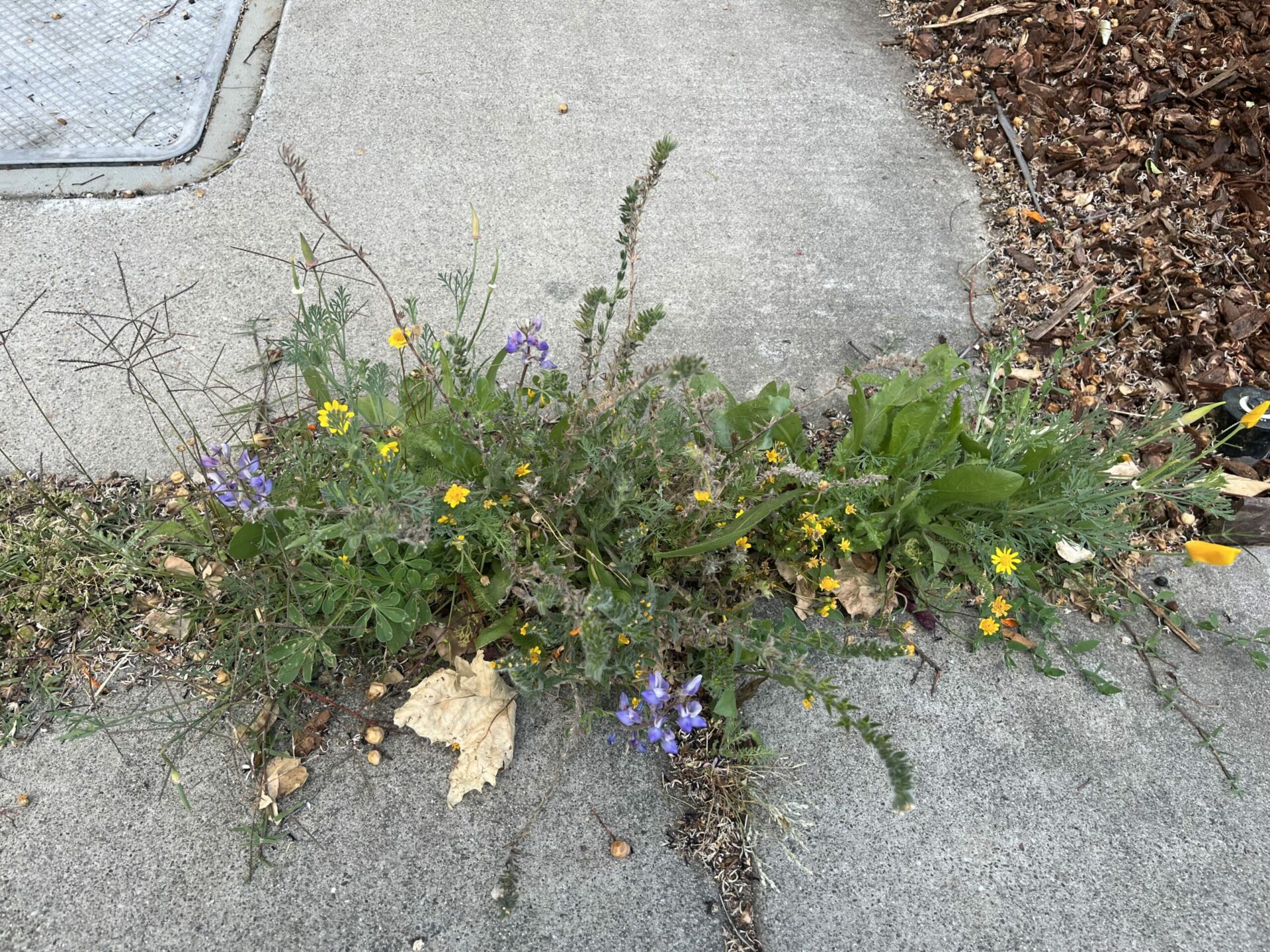
As of July 2022, several hundred people of the almost 2,000 who scattered seeds last fall continue to fill out the monthly form documenting any signs of native gumweed, California poppies, woolly sunflowers, or half a dozen other species they sowed growing around their respective patches of dirt, gravel, and asphalt. At least ten are educators who monitor the seeds with their students. When the project begins again with fresh packets of seeds this fall, the project will emphasize recruiting the region’s cycling community to scatter native seeds near transit medians and bike lanes.
“[It’s a fun way to get people] rethinking their role and what these human-made corridors for us to move around could be for a plant species to move around,” Krimmel said. He noted that although native species growing in tough places was good for pollinators, and exciting for ecological enthusiasts like himself, the benefits of “urban greening” for the broader community with the project scaling up could also include aesthetics, air quality, and an improved sense of place.
Other Recent Posts
Boxes of Mud Could Tell a Hopeful Sediment Story
Scientists are testing whether dredged sediment placed in nearby shallows can help our wetlands keep pace with rising seas. Tiny tracers may reveal the answer.
“I Invite Everyone To Be a Scientist”
Plant tissue culture can help endangered species adapt to climate change. Amateur plant biologist Jasmine Neal’s community lab could make this tech more accessible.
How To Explain Extreme Weather Without the Fear Factor
Fear-based messaging about extreme weather can backfire. Here are some simple metaphors to explain climate change.
Live Near a Tiny Library? Join Our Citizen Marketing Campaign
KneeDeep asks readers to place paper zines in tiny street libraries to help us reach new folks.
Join KneeDeep Times for Lightning Talks with 8 Local Reporters at SF Climate Week
Lightning Talks with 8 Reporters for SF Climate Week
ReaderBoard
Once a month we share reader announcements: jobs, events, reports, and more.
Staying Wise About Fire – 5 Years Post-CZU
As insurance companies pull out and wildfire seasons intensify, Santa Cruz County residents navigate the complexities of staying fire-ready.
Artist Christa Grenawalt Paints with Rain
Snippet of insight from the artist about her work.
High-Concept Plans for a High-Risk Shoreline
OneShoreline’s effort to shield the Millbrae-Burlingame shoreline from flooding has to balance cost, habitat, and airport safety.
In a Climate Disaster, Your Car Won’t Save You
Fleeing wildfires without a car might seem scary, but so is being trapped in evacuation gridlock — and the hellscape of car-dependency.
A young citizen scientist indicates where the native seed mix was scattered.
At its core, the Seed Pile Project may be so successful at engaging everyday participants because the question it asks is radically different: it asks “what can’t help but grow” rather than “what can we help grow.” It’s not an easy mindset shift for many. At a conference where Miridae Living Labs co-founder Caroline Larsen laid out the project in spring of 2022, the first audience question was how they protected seeds and young plants from predators. The FAQ section of the project website is full of soothing reminders to participants anxious over how to handle leafblown debris smothering their seedlings (the answer: do nothing).
Writing up this story, I surely read far too much into the simple scattering of yarrow and lupines, but couldn’t resist seeing a certain poetry in the whole endeavor. Environmental problem solvers often use the well-worn metaphor of low hanging fruits, but experimenting with these resilient plants seemed more like seeking fruits that fall into our laps. To find lasting solutions, communities can and must tap into efforts that cannot resist growing, even in the face of adversity.


